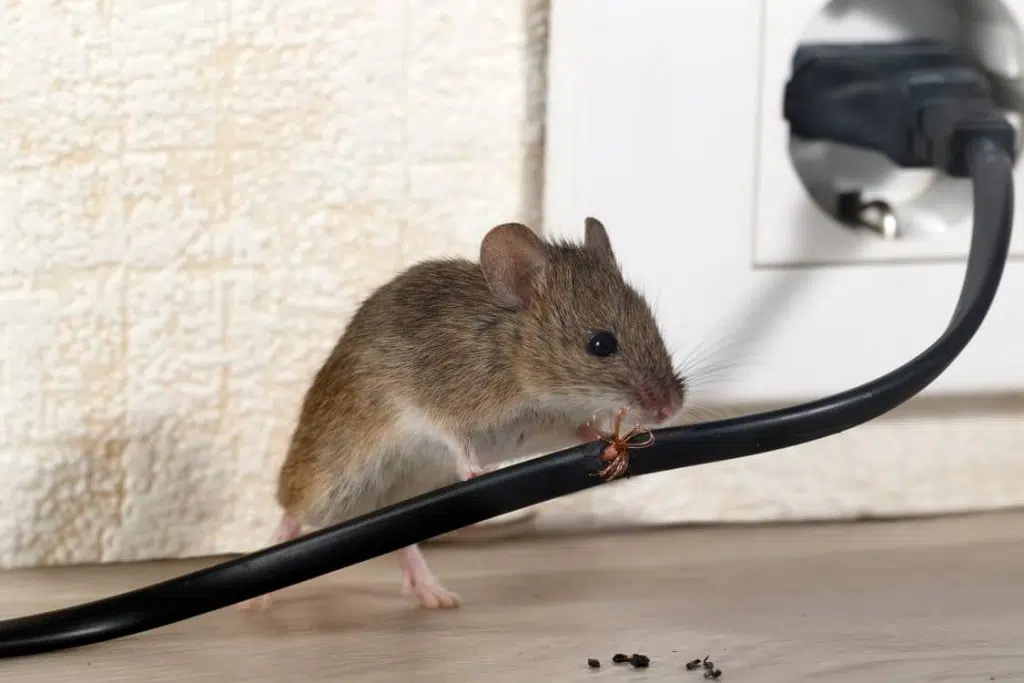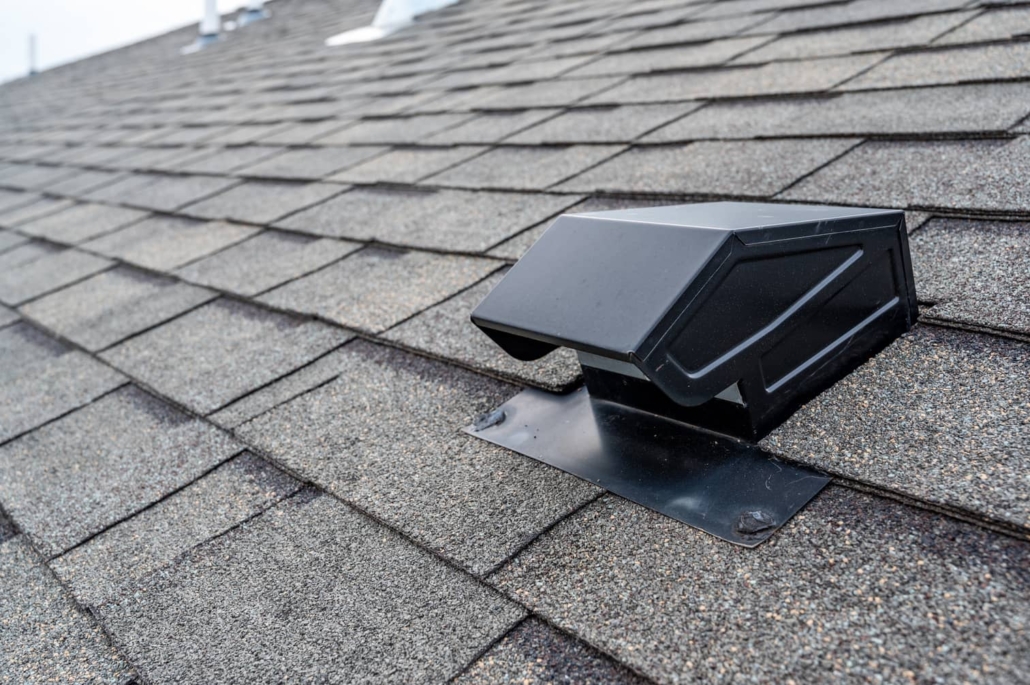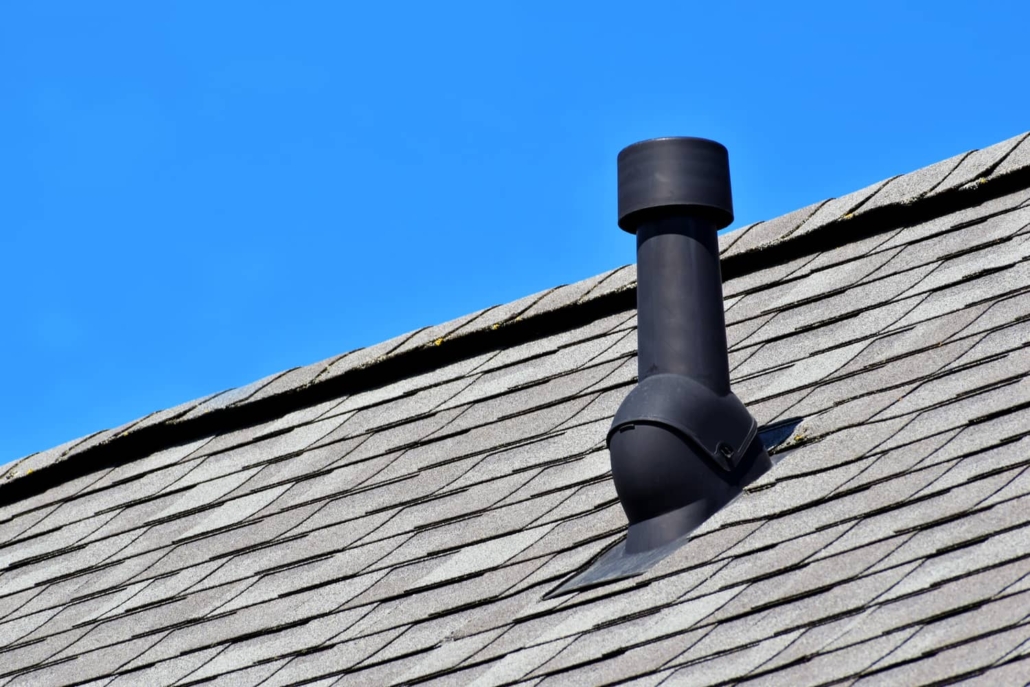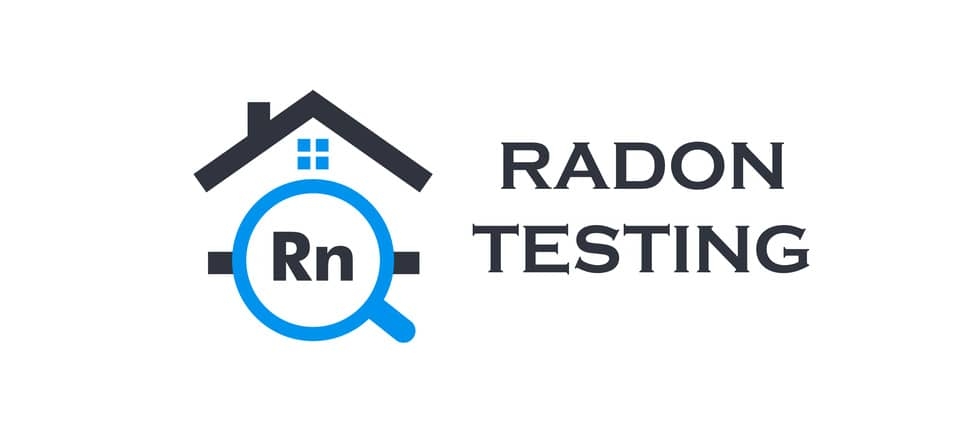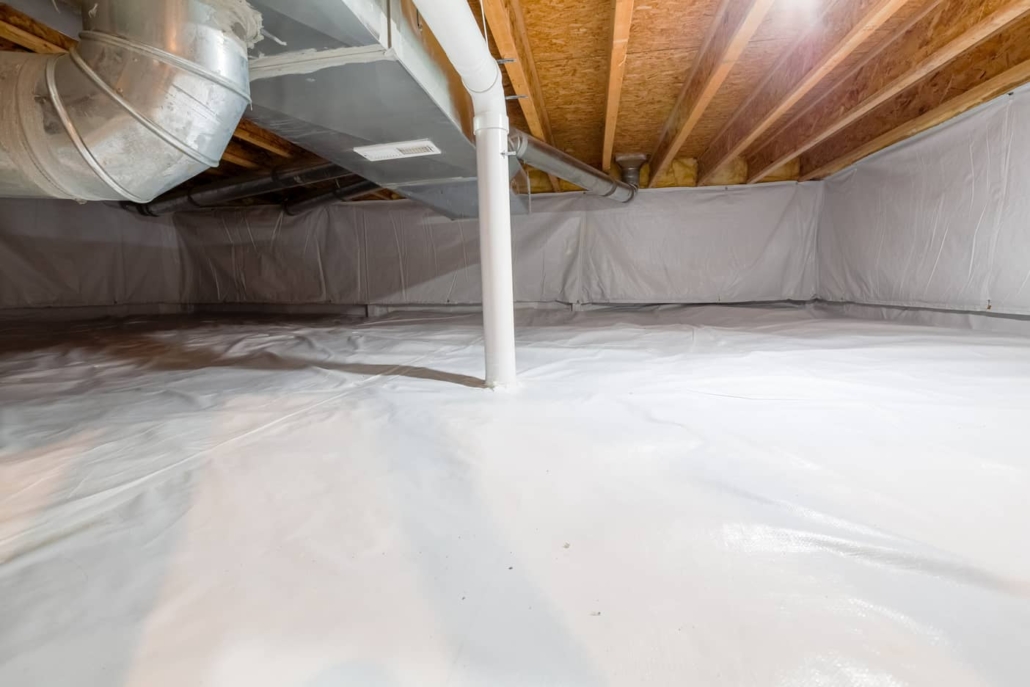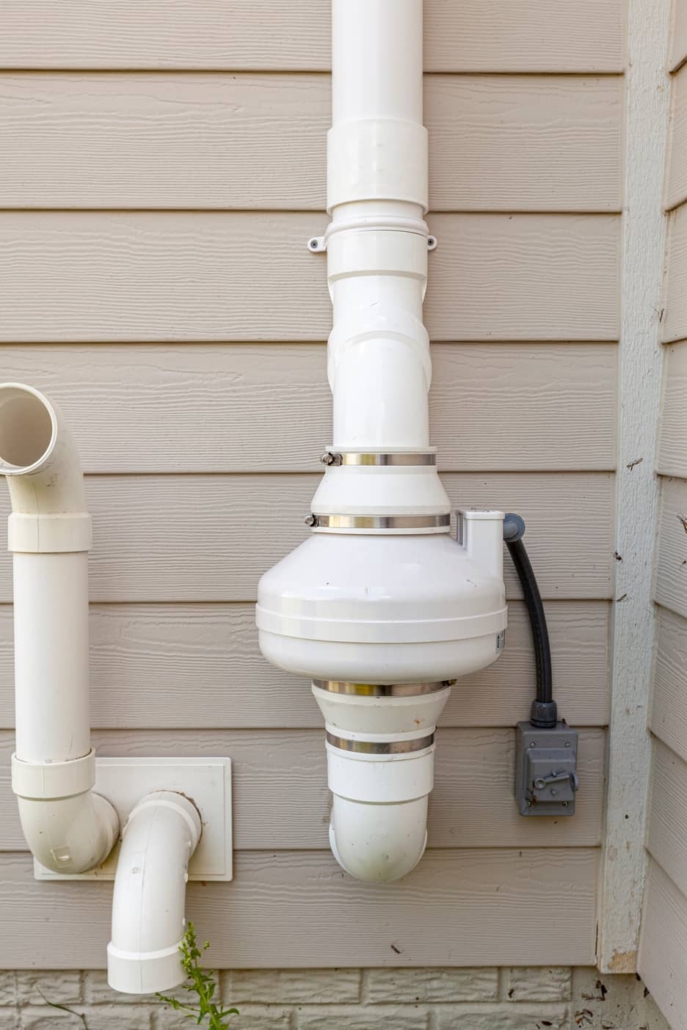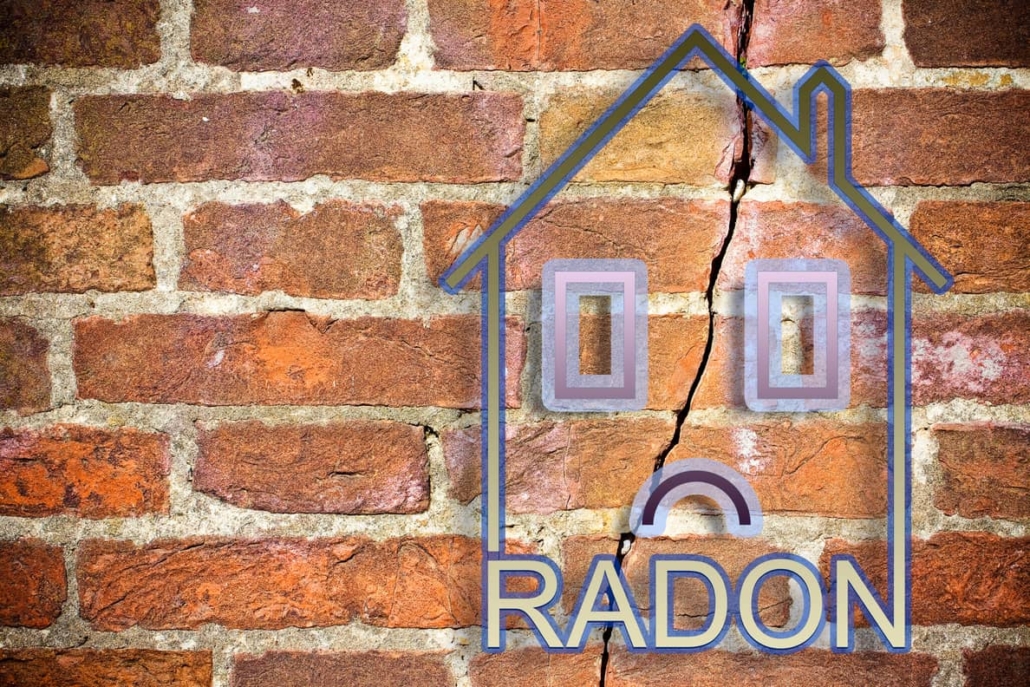Do Hardwood Floors Make Your House Colder
When home buyers are searching for their dream home, amenities are really what they want. The more amenities that a home buyer can grab with a new home, the more apt they are to buy the home. Additionally, many home buyers have a pre-set list already made with regard to their amenity needs. Flooring is always at the top of the list for home buyers. Carpet in the main living areas is phasing out over the past ten-plus years. Oftentimes you will see hardwood or ceramic tile flooring as the top choice in a home. Both styles come with a misnomer that your home will be cooler if you have tile or hardwood flooring. Do hardwood floors make your house colder? They absorb heat better than a carpet does. So, no, hardwood floors do not make your house colder.
Let’s take a look below as to why hardwood floors might feel cold but are really good at trapping heat and circulating air.
How Does It Work
When it comes to wood floors, most people feel the coolness when they touch the floor. Homeowners will often put down area rugs, wear socks, or even use a space heater in their homes to keep the cold feeling away. However, wood flooring can actually trap heat longer than carpet can. Let’s take a look at why this is possible.
- Wood floors and other solid structures in your home are known to trap heat.
- Reduce temperature changes by storing heat
- High thermal mass materials will assist you in reducing your electric bill
Depending on the type of hardwood floors will determine its ability to retain heat. Also, it will determine the energy-efficient rating.

What Can I Do To Feel Warmer
Just because wood flooring is a great insulator that keeps the heat in and circulates it more continuously through your home, does not mean your feet don’t feel cold on the floor. Let’s take a look at some ways to protect our feet from being cold.
- Area rugs – it is a great idea to strategically place area rugs under the furniture in whatever room you will spend a lot of time in.
- Space heater – if you choose to use a space heater to warm up in your home, make sure to keep an eye on it.
- Curtains – installing curtains will help trap heat in your home. They can insulate your window and keep the cold air out and the warm air in.
- Radiant heat system – installing a radiant system to help make your floors feel warm on a regular basis is a possibility. This is a type of floor heating system that will increase your home’s heat by keeping your floors warm at all times.
- Basement insulation – the basement is always cold as it is beneath the earth’s surface. The concrete walls trap cold air and create a damp environment. Consider insulating the walls, windows, and ceiling of the basement. This will reduce the cold and drafty cold temps.
- Wear coverings – putting on socks or wearing slippers might be the simplest solution to keeping your feet warm on a cold floor. Remember, just because a hardwood floor is cold to the feet, does not mean it isn’t helping your electrical bill.
Other Recommended Maintenance
Now that you understand what hardwood floors can do for your home, it is a good idea to also read up on the maintenance of hardwood floors. In some instances, homeowners find themselves in an unfortunate situation as they are freshening up their paint. If you happen to spill paint onto your hardwood floors, do not freak out. It is possible to get the paint off the hardwood floor.
Next, be sure to explore other ways to save on your electric bill and keep the heat in during the winter months. Winterizing various parts of your home could end up saving you a lot of money. If you happen to have sliding doors and windows that are drafty, read up on how to insulate your sliding door and windows.
Lastly, if you have a fireplace and chimney you will want to ensure that you have a chimney cap in place. A chimney cap will keep cold and drafty air from rushing down your chimney and into your living area. No hardwood floor could possibly absorb enough heat to combat a cold blast of winter air.
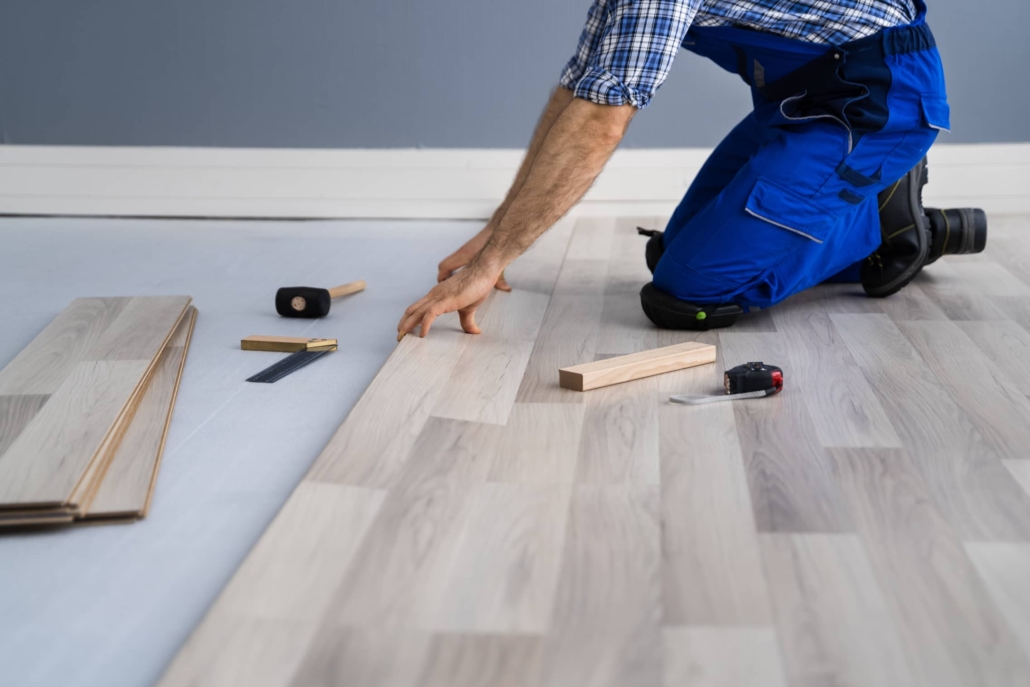
When Do I Call A Professional
Anytime you have a question regarding your flooring, you should seek the advice of a professional contractor that specializes in flooring. Seeking advice from professionals allows you to make an informed decision and not waste your money. If you aren’t sure who to call or if there is no flooring store in your area, reach out to your local home inspection team. They can inspect your current floors and recommend which flooring would make sense for your home. Keeping your investment intact and looking aesthetically pleasing is key. Also, they can refer you to a reputable flooring contractor before you go wasting your money.
Conclusion
Now that you understand how wood floors can benefit your home, it might be a great time to price out a flooring upgrade. On the other hand, if you already have wood floors, you just learned how great they are at helping keep your home warm. If you still aren’t sure what floors are in your home or if it is time to replace them, call on your local home inspection team. Reach out to Warren Inspections in Eastern and Central Massachusetts for a flooring inspection, along with a full home inspection.



